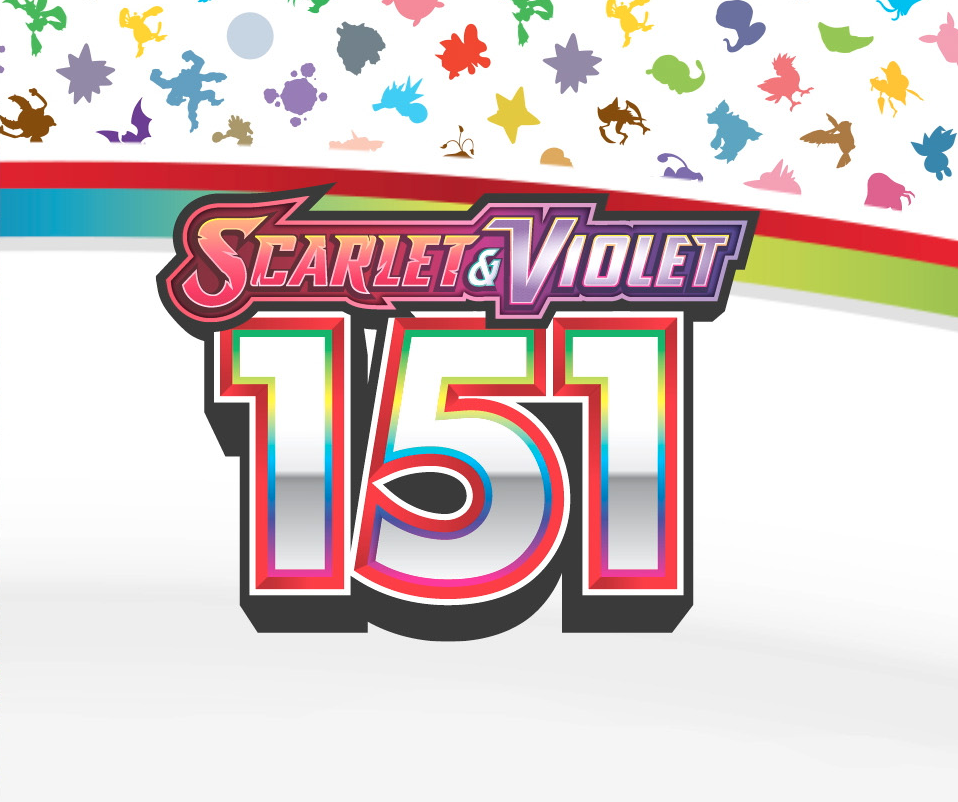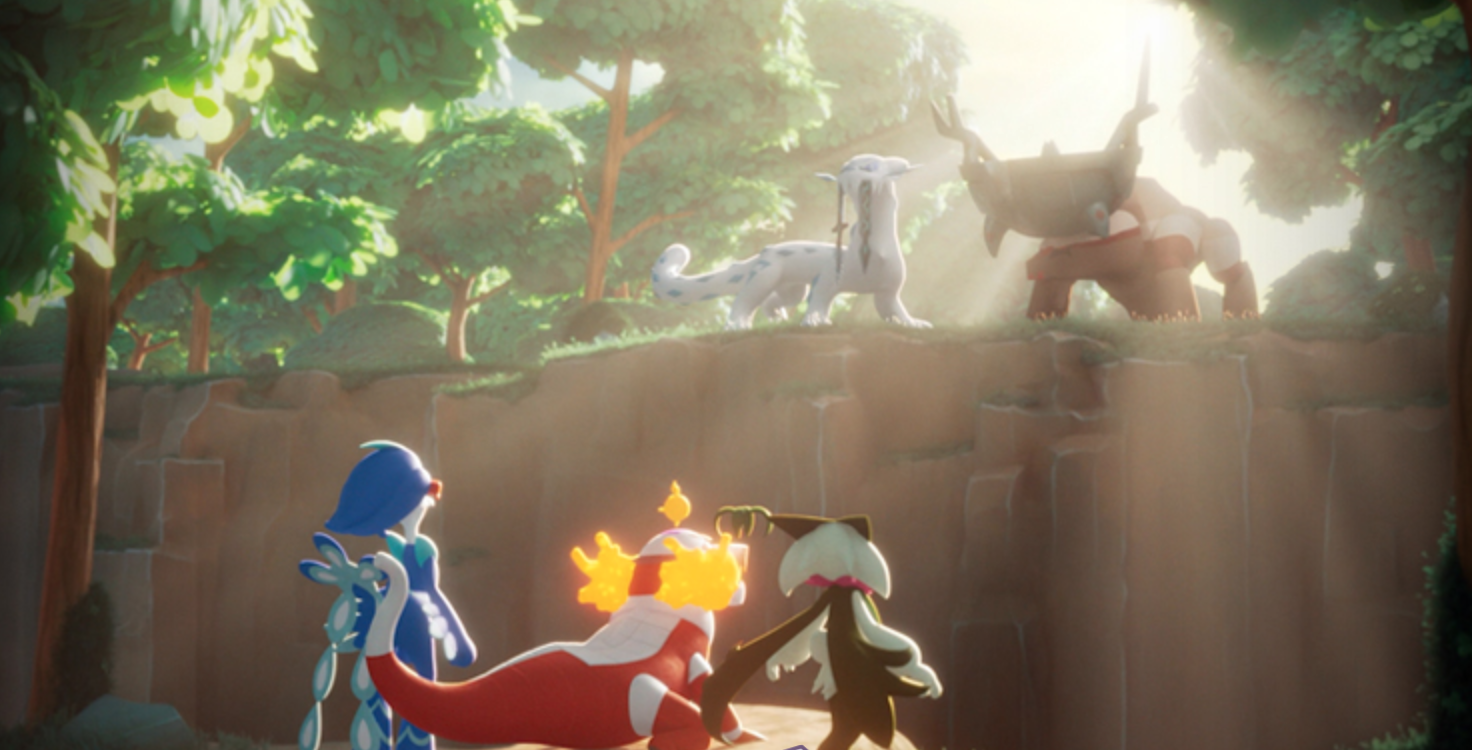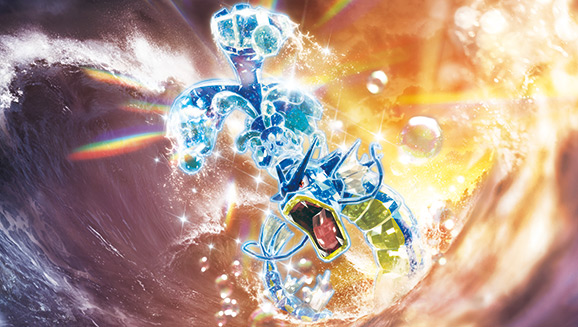Pokémon is a franchise founded on collecting: from toys to trading cards to digital monsters, the “Gotta Catch ‘Em All” mentality permeates every product. But one collecting market that some fans might not be aware of is the arcade, particularly in the Pokémon Battle-and-Catch style arcade games. Spawning from the first series of machines in 2007, these games not only translate all the battling fun from the dedicated games to a quick and simple arcade style, but have physical cards to trade and collect.
Let’s take a quick look at what these machines offer and how the games have evolved over the many iterations.
Pokémon Battrio
Launched in Japanese markets by Takara Tomy A.R.T.S. in 2007, Pokémon Battrio set the foundation for the gameplay and collecting style all further iterations would follow. Battrio was a dedicated battling game, similar to Pokémon Stadium or revolution. Each play would cost ¥100 (approximately $1) and upon starting each game, the machine would distribute a physical small plastic disc featuring a random Pokémon. Each Pokémon disc featured basic stats most players would be accustomed to: typing, level, attack, and defense. Usually, the rarer pucks would be more powerful. Pucks could either be collected from the machines, or special promo ones would be bundled with guides or handed out at movies, promotional events, or tournaments. The rarity of pucks was indicated with stars from one to five on the front, and usually featured flashier art.
Battles featured two teams of three (Battrio being a combination of “battle” and “trio”) and the player could face off against either a CPU opponent or a second player on the same machine. Players could place up to three discs onto an infrared scanner on the machine, and the Pokémon on the pucks would then appear in game.
Multiple updates to the machines were released, adding gameplay tweaks and brand new game modes. Beyond the basic battling mode were longer form adventures, requiring the purchase of a special memory key that can be inserted to store progress so players could continue their journey over multiple play sessions. Many expansions to the pucks were introduced, allowing fans to continuously work towards collecting newer and stronger monsters.
In 2012 Battrio machines were phased out in favour of a substantially updated machine with new collectables, Pokémon Tretta.
Pokémon Tretta
Released in 2012, Pokémon Tretta featured very similar gameplay to Battrio but with improved graphics and different strategies for battling. Mega Evolution was a new gameplay mechanic, and randomized wheels would appear during the game allowing the player a chance of increasing their power on attacks.
The circular pucks from Battrio were replaced with square tiles. Battrio pucks weren’t compatible except for specialized Bridge Pucks introduced in the final Battrio expansion. It still cost ¥100 to start a game, but now titles weren’t distributed until after the battle was complete.
There were two game modes you could pick upon starting: Battle and Catch, which was the standard battling portion, or Quick Catch which allowed one to quickly collect tiles. Players could choose different environments to find Pokémon, with each one having unique creatures in them.
Players would try and defeat all three Pokémon, with a chance at catching however many they beat. A randomized wheel would spin with different levels of Poke Balls on it, and any caught Pokémon could be distributed (with an additional ¥100 fee if more than one was wanted.)
After a healthy life Tretta was discontinued after a few years for yet another new machine, Pokémon Ga-Olé.
Ga-Olé
Pokémon Ga-Olé launched in 2016, featuring a much larger screen than previous machines and a flashy Pokeball-shaped peripheral for catching. Gameplay remained very similar to Tretta but was now slimmed down to two-on-two battles.
The new collecting mechanism were Ga-Olé disks, though they were rectangular more so than circular. The distribution process was different too, where machines would store a series of blank disks of different colours denoting strength or rarity, and would print a Pokémon onto the disc before spitting it out. Disks now also featured the type of ball each Pokémon was caught in, offering a vast amount of unique disks to collect. All Pokémon information was now scanned through a QR code, and this same code could be scanned by the QR Reader in Pokémon Sun, Moon, Ultra Sun, and Ultra Moon. The new printing process often resulted in errors or misprints, which could be highly sought after by collectors.
Game modes were similar to Tretta, but now individual tiles could evolve during gameplay. If evolved, a new disk of the evolved Pokémon could be printed. Fully evolved Pokémon could have even stronger version or Mega Evolutions which could also become new disks.
Ga-Olé lived another four years before being replaced by the newest and currently final updated machine.
Mezastar
Pokémon Mezastar launched in 2020, featuring very similar gameplay to the previous iteration. Three-on-three battles returned and now the machines were constructed as two separate machines adjoined next to one another.
Long rounded tags replaced the disks, and older disks were even compatible. Mezastar tags now featured a sixth level rarity, more powerful than the five that the old version featured.
If both machines were used at the same time, there was a chance of a Special Tag Battle activating, where both players would have to team up against a powerful Pokémon. If they won and successfully caught it, they would both receive a special tag.
Memory Tags were the newest save function, featuring mostly the same features as the older Passes.
Finale
That was a brief look at the incredibly addictive collecting world of the Japanese Pokémon arcade games. It’s unclear why there’s never been an attempt to introduce these into Western markets, especially considering some of the machines feature full English translations. It can be assumed the lack of a dedicated arcade market outside of food venues such as Dave & Busters or Chuck E. Cheese are to blame. If the cycle continues we should see a new machine in three years’ time, with brand new mechanics and a whole new type of plastic pass to collect.
Are you interested in trying some of these games? Maybe looking to collect some of the older disks or passes?
Get all your board game news at The Bag of Loot! www.thebagofloot.com
Get all your board game needs at Three Kings Loot! www.threekingsloot.com




